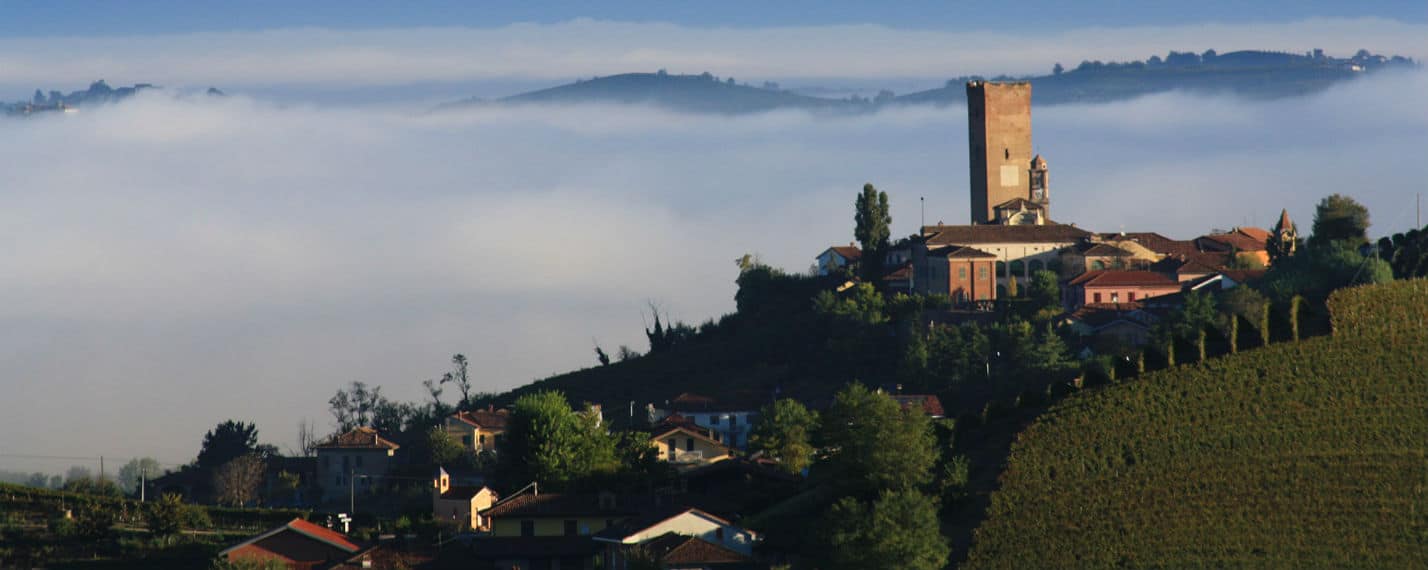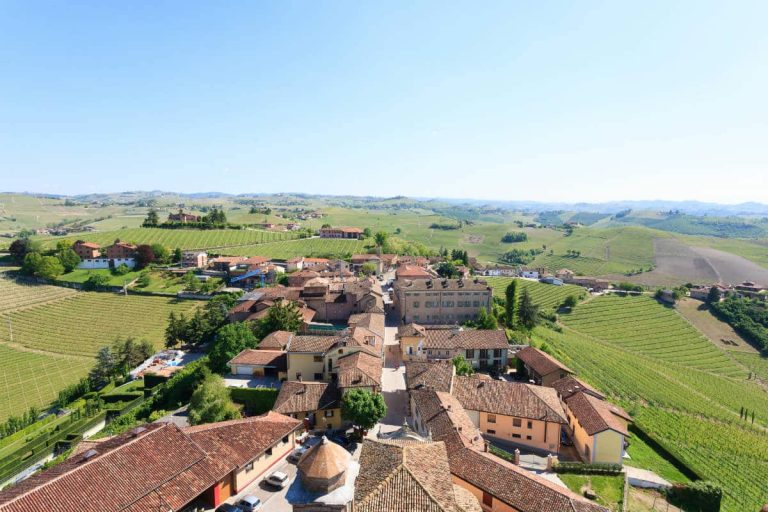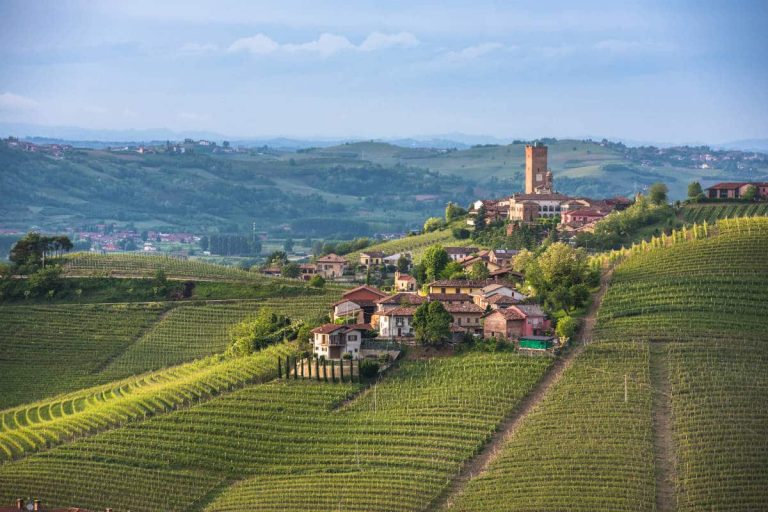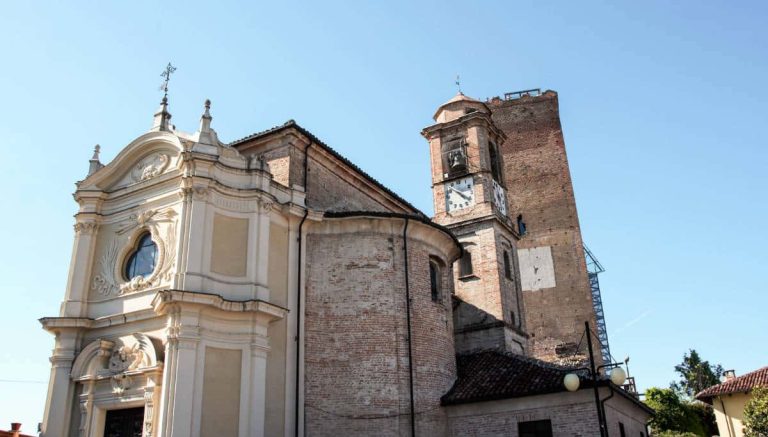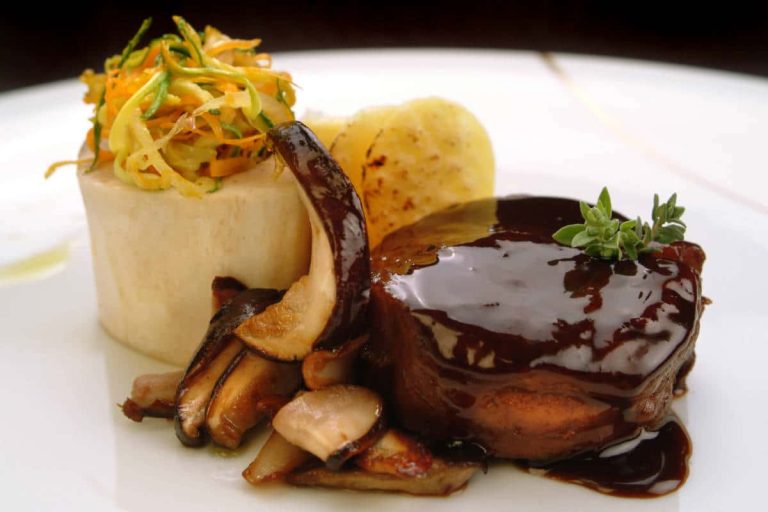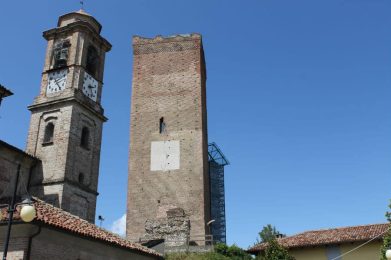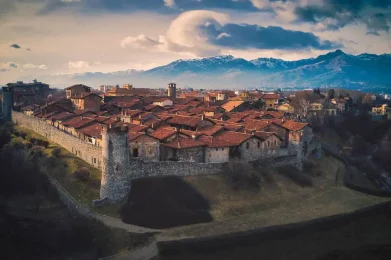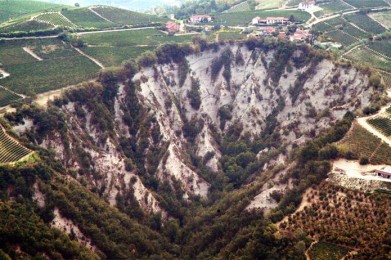Nestled in the rolling hills of the Langhe, the village of Barbaresco is a gem of Piedmont, known the world over for the excellence of its wine, but deeply rooted in a millennia-old history that has its origins among sacred forests, Roman legions and medieval towers. Its name today evokes winery scents and vineyard landscapes, but "Barbaresco" derives from Barbarica silva, the ancient forest that once covered these hills inhabited by the Stazielli Ligurians: a rough, nature-bound people who worshipped the god Martiningen, a symbol of strength.
From the sacred forest to the "Villa Martis"
The first traces of permanent settlements date back to Roman times, when the forest gave way to cultivation and roads. The area was dedicated to the god Mars, hence the locality Villa Martis, considered the first settlement of present-day Barbaresco. It is no coincidence that, during 20th-century excavations to plant new vineyards, Roman tiles, probable remains of an ancient kiln (taberna) that produced bricks, resurfaced. The Roman road that connected the Martinenga valley to Alba Pompeia, now Alba, also started from here.
Centuries of conquests and towers
With the fall of the Roman Empire, the Langhe was a land of passage for Lombards, Franks and Saracens, marking an era of raids and instability. It was in this context that the medieval fortified town was born, with its tower, a symbol of defense and identity, still visible today in the heart of the village. The municipal motto "De Barbarisco turris et arx" recalls this very past: Barbaresco as a place of towers and fortresses, ready to defend itself from external dangers. The town became a Piedmontese ricetto, that is, a fortified agglomeration where to take refuge in case of attacks.
During the Middle Ages, the territory was disputed between Asti and Alba, until it was involved in the struggles between local lordships and finally absorbed into the domains of the Savoy. However, it was in 1798, in the midst of revolutionary turmoil, that the Municipality of Barbaresco was officially born, marking the beginning of the modern era.
Land of winemakers
If history has sculpted the shape of the village, it was the vines that defined its soul. The hilly terrain, temperate climate and farming wisdom have made Barbaresco a cradle of viticulture. Since the 19th century the village's economy has been based on agriculture, but it was after World War II that Barbaresco established itself as one of the most prestigious names on the world wine scene. Today, the elegant and complex Barbaresco DOCG wine is the village's ambassador to every corner of the world.
The churches of the village
Barbaresco also preserves a valuable religious and artistic heritage. The parish church of St. John the Baptist, built in 1728, is a fine example of Baroque architecture, enriched over time with works of art, marble, sculpture, and frescoes. Inside are the high altar designed by Count Rangone, the chapels of Our Lady of the Rosary and St. Joseph, as well as an inlaid wooden choir and a polychrome baptismal font made by local artist Francesco Vacca.
Another symbolic place is the church of San Donato, completed in 1833 and now home to the Barbaresco Regional Wine Shop. Here spirituality and wine culture meet: the aisles host exhibitions, information panels, tastings and a permanent display of the area's best labels. An unmissable experience for those who want to immerse themselves in the authentic heart of the Langa.
Chapels, shrines and signs of devotion
Not far away, in the hamlet of Asili, stands the chapel of San Teobaldo, evidence of the deep ties between Barbaresco and nearby Alba. Although remodeled over the years, it retains its charm and is one of the many places where one can breathe in the widespread spirituality of the area. Votive pillars, Marian shrines and small gardens can be found throughout the area, especially in the hamlets of Ovello and Rabajà, demonstrating the simple but deep-rooted faith of the local population.
Barbaresco is much more than a name on a bottle: it is a village where history blends with nature, where the vineyards draw the landscape and every stone tells of a past of resistance, work and culture. To visit Barbaresco is to take a journey through time and taste, among towers, wineries, churches and hills that speak the ancient language of the Langhe.

